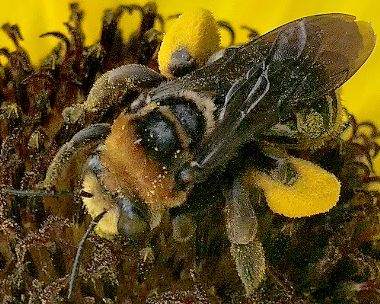
Svastra obliqua (digger bee)

Halictus sp. (sweat bee)
| Pollen is rather sticky and the scopa (brush of pollen collecting hairs) on a bee has evolved to maximize holding capacity, but there is one more mechanism at work that helps bees carry pollen: electrostatic force. The bee is positively charged while the flower is negative. |
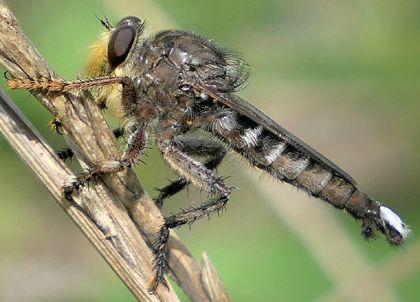
Promachus bastardii (robber fly)

Enallagma civile (familiar bluet)
| This male damselfly is teneral, which means it has recently eclosed and is not yet ready to mate. In a day or two, its pale coloration will turn vibrant turquoise blue, signaling sexual maturity. |

Spodoptera ornithogalli (yellow-striped armyworm larva)
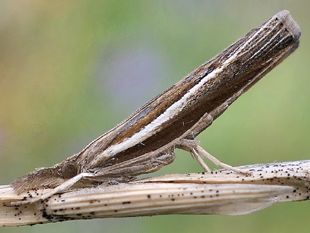
Fissicrambus sp. (grass-veneer moth)
| Nocturnal moths have various strategies for remaining inconspicuous to predators during daylight hours. The above individual chooses to perch on a dry stem where its coloration and posture convincingly look like vegetation rather than a discrete animal. The two moths shown next usually rest right on top of leaves and stems, visible but not particularly moth-like in appearance. Their common names are apt descriptions. |
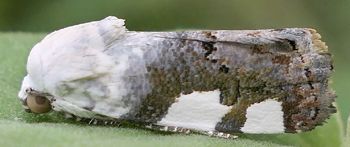
Tarache quadriplaga (bird-dropping moth)
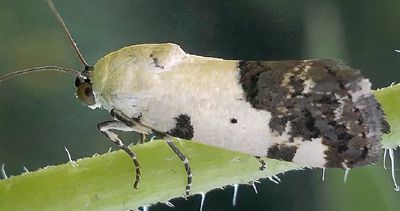
Tarache aprica (exposed bird-dropping moth)
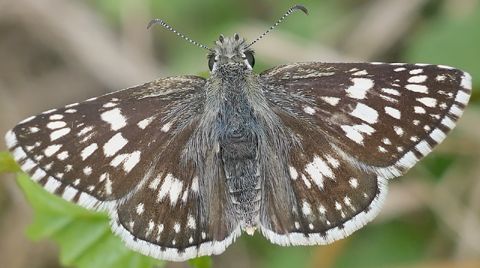
Pyrgus communis/albescens (common/white checkered-skipper)
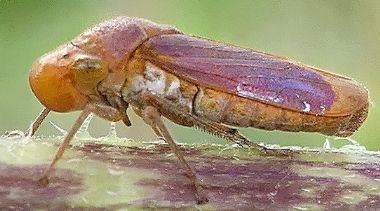
Oncometopia hamiltoni (leafhopper)
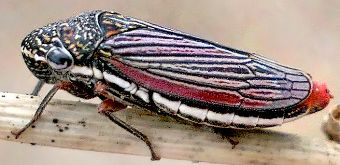
Cuerna costalis (leafhopper)
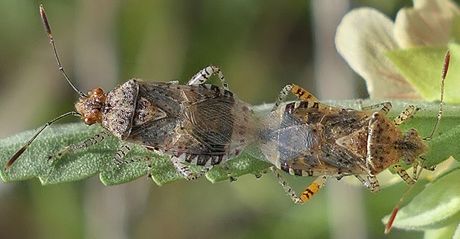
Niesthrea louisianica (scentless plant bug)
| Insects in the family Rhopalidae are called scentless plant bugs because they actually lack glands on the sides of their thorax that produce protective chemicals. Almost all other true bugs possess the scent glands. |
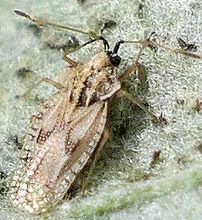
Gargaphia solani (lace bug)
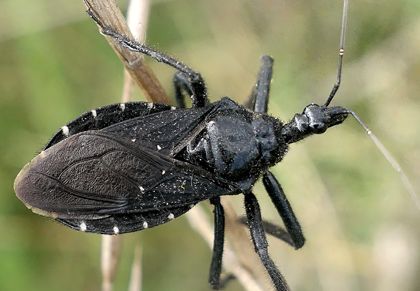
Apiomerus longispinis (bee assassin)

Zelus tetracanthus (four-spined assassin bug)
| Some true bugs (order Hemiptera), such as the preceding two assassin bugs, are predators, while others, including the next two species, are herbivorous. The former have a thicker proboscis for stabbing struggling prey, but otherwise there are no universally obvious features that make it easy to distinguish between the two groups. |
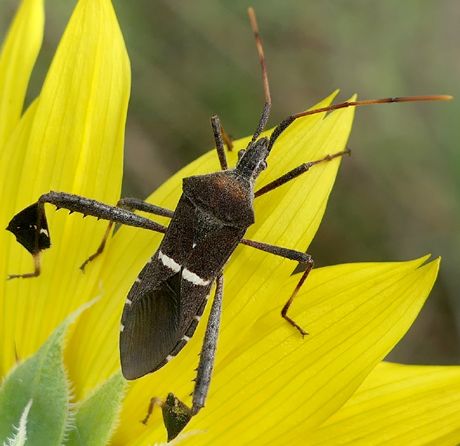
Leptoglossus phyllopus (eastern leaf-footed bug)
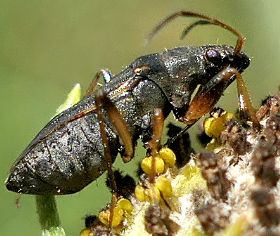
Zeridoneus knulli (seed bug)
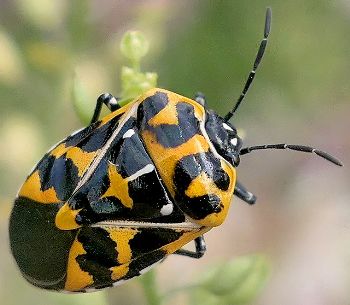
Murgantia histrionica (harlequin bug)
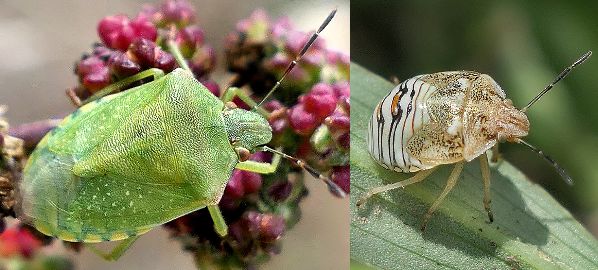
Thyanta custator (stink bug adult & nymph)
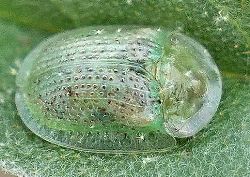
Gratiana pallidula (eggplant tortoise beetle)
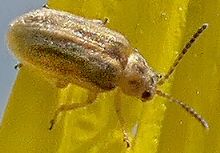
Ophraella americana (leaf beetle)
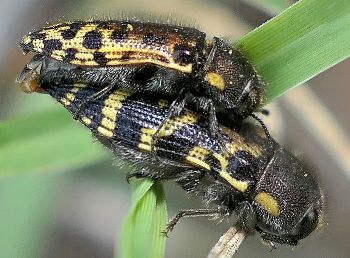
Acmaeodera mixta (metallic woodborers)
| This particular species of buprestid has highly variable markings. Note how different the spotted male (on top) appears compared to the banded female. |
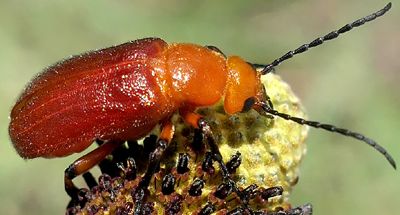
Zonitis sp. (blister beetle)
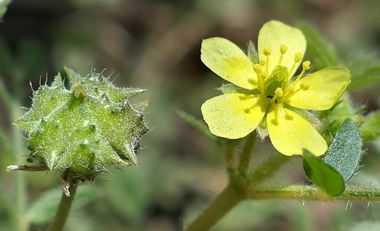
Tribulus terrestris (tackweed)
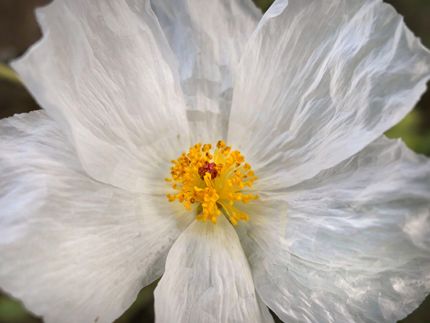
Argemone albiflora (white prickly poppy)
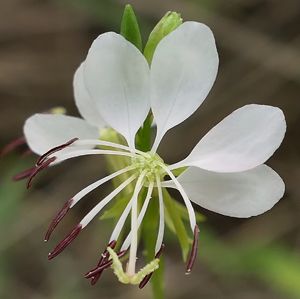
Oenothera suffulta (roadside gaura)

Salvia farinacea (mealy sage)

Parkinsonia aculeata (retama)
| A number of flowers have very visible signals to communicate their developmental stage to pollinating insects. For this species, the top center petal is at first yellow with only small speckles but later turns completely orange. |

Convolvulus equitans (Texas bindweed)

Chenopodium album (lambsquarters)

Parthenium hysterophorus (Santa Maria feverfew)
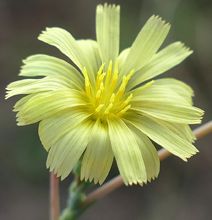
Lactuca serriola (prickly lettuce)
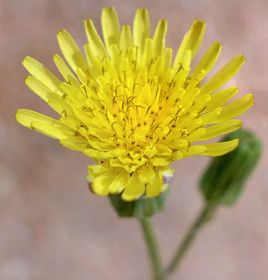
Sonchus sp. (sow thistle)
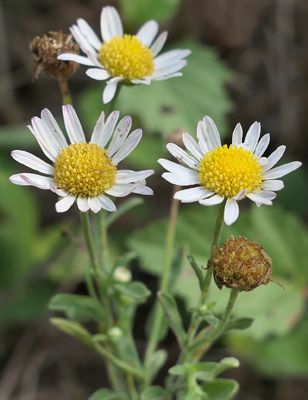
Astranthium ciliatum (Comanche western-daisy)
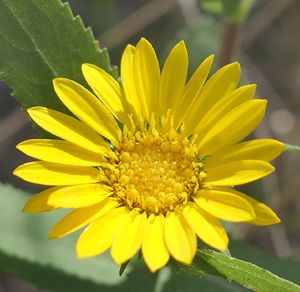
Grindelia microcephala (little gumweed)
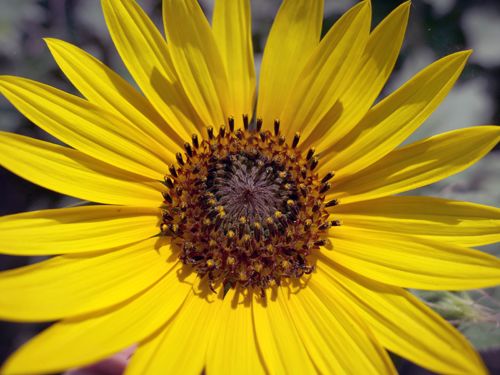
Helianthus annuus (common sunflower)
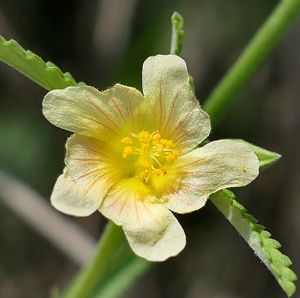
Sida abutifolia (spreading fanpetals)

![]()